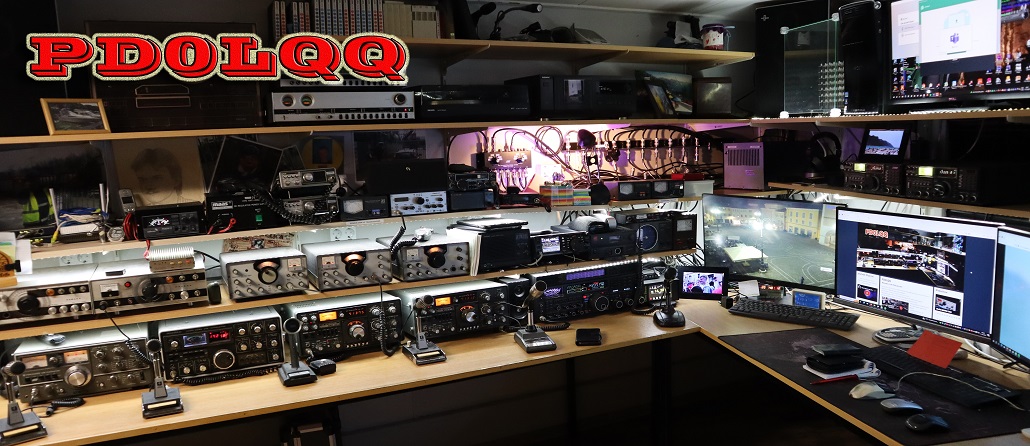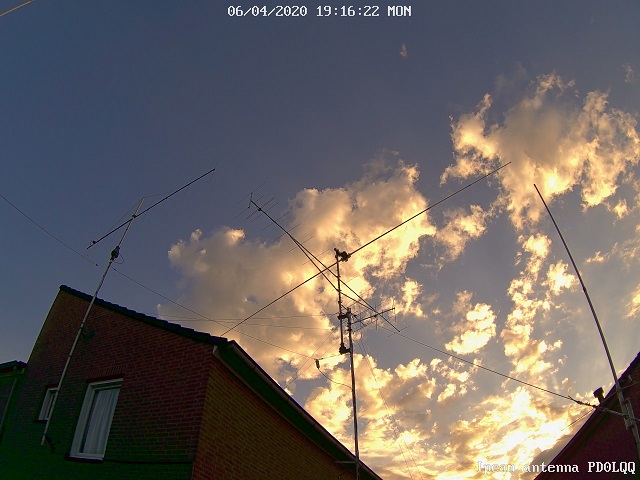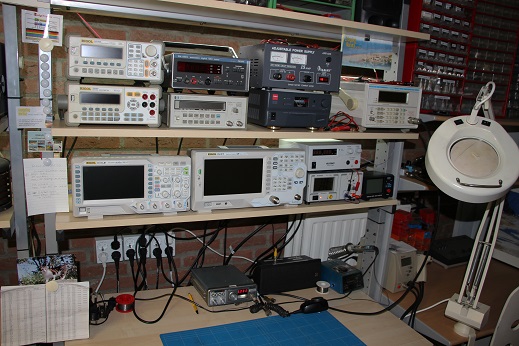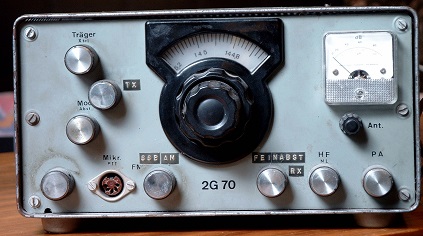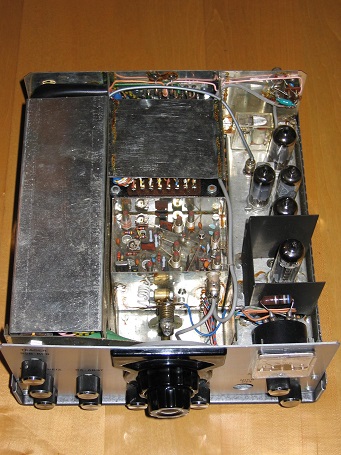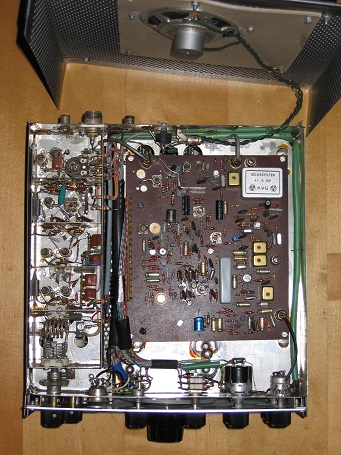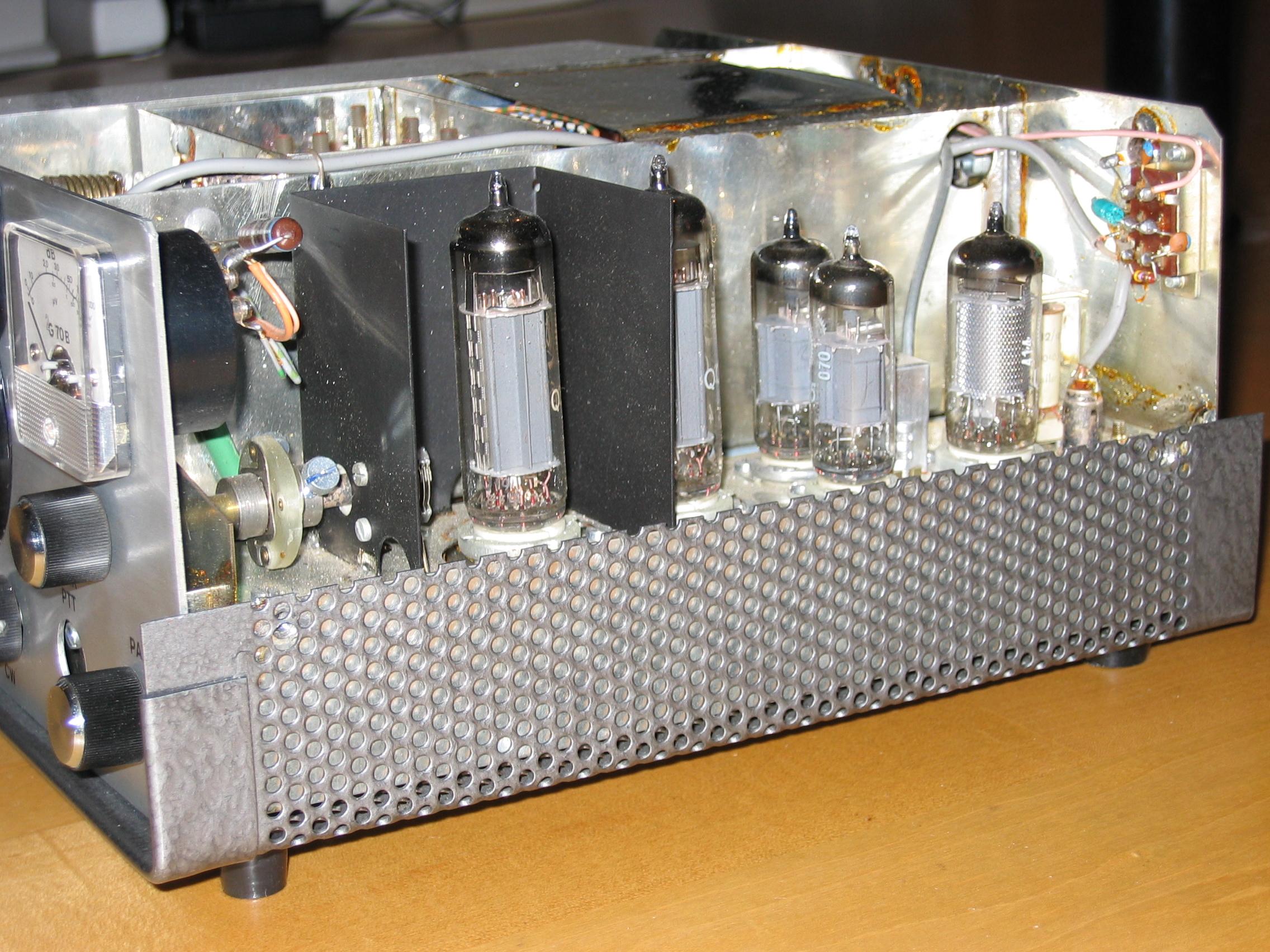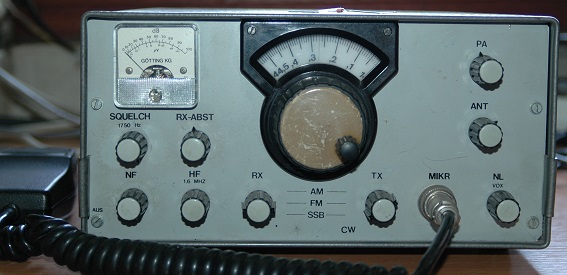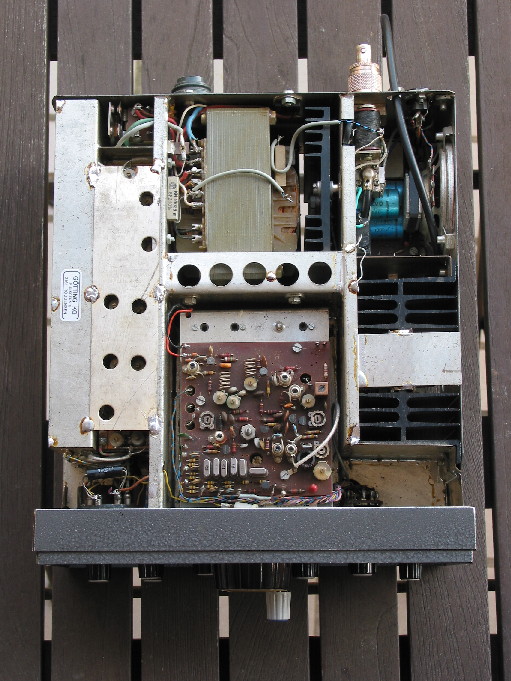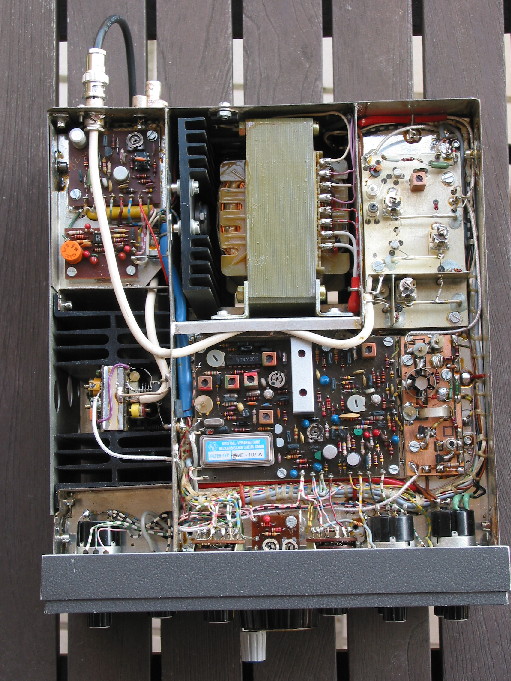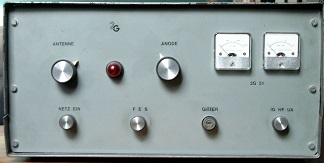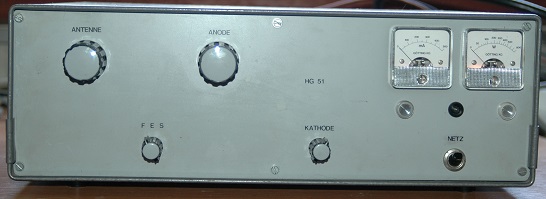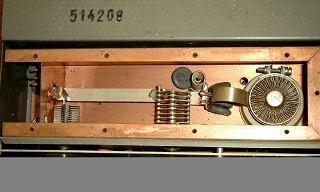Götting and Griem.
SOURCE DL8ZAJ
History of Götting and Griem.
Tranceiver and amplifiers from the company Götting From the mid-1960s to the mid-1970s, the Götting and Griem company in Röddensen near Hanover manufactured excellent FM transceivers and amplifiers.
I also own one devices myself.
To the prehistory Hans-Heinrich Götting, DL3XW was originally a farmer but had learned the technical basics of high-frequency technology in self-study.
He had been a member of the DASD since 1940 and after the war and after founding the DARC, he was a member of the DARC OV Hannover H 13.
After founding the OV Lehrte H 32, he was a member until his death.
As an autodidact, he quickly became a leader in the then young 2 meter technology and, together with Hans Jürgen Griem DJ1SL, built the tranceivers and amplifiers described below.
At the beginning of the 1960s, the EAM built a 110 KV route across the fields of OM Götting. At that time, there was the opportunity to build a shack with antennas at a height of 20 meters on a high-voltage pylon sponsored by EAM.
Around the shack, which could be rotated on a bogie of a former flack gun, were 24 13-element Langyagis with a length of 6.3 m each.
The crossbar and thus the antennas could also be rotated in elevation.
The first EME connection KL7 (Alaska) DL was achieved with this antenna.
The photo shows the antenna destroyed by a hurricane.
2 Meter Tranceiver
HG70
The first tranceiver in this series, the 2G70, came onto the market in the 1960s.
He was one of the first 2 meter transceivers that had a tunable transmitter and thus no longer required the usual calls on a quartz-controlled frequency.
Here is a block diagram of this tranceiver and a description of this tranceiver by Hans Jürgen Griem DJ1SL in the FM reports of those years: Article 2G 70
Also here is a description of this tranceiver by Hans Jürgen Griem DJ1SL in the FM reports of those years: Article 2G 70
Regarding the picture, it must be noted that the "TX" control to the left of the VFO tuning button is not standard, but comes from a modification.
2G70B
The successor to the 2G70 was the 2G70B. It came on the market in 1968 or 1969.
With this device, the receiver was already fully transistorized.
A QQE 03/12 was used in the transmit pre and final stage.
An output power of 30 W pep was reached.
Here 2g70B block diagram of this transceiver.
2G70B: Front view.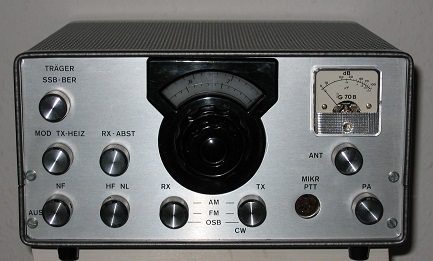
2G70B: Top view
2G70B: bottom view
2G70B: PA view.
HGG70C
The successor to the 2G70B was consequently the HG70C.
It is largely transistorized but has a QQE 03-12 in the transmitter preamplifier and a QQE 06-40 in the output stage.
Here is a block diagram of this transceiver.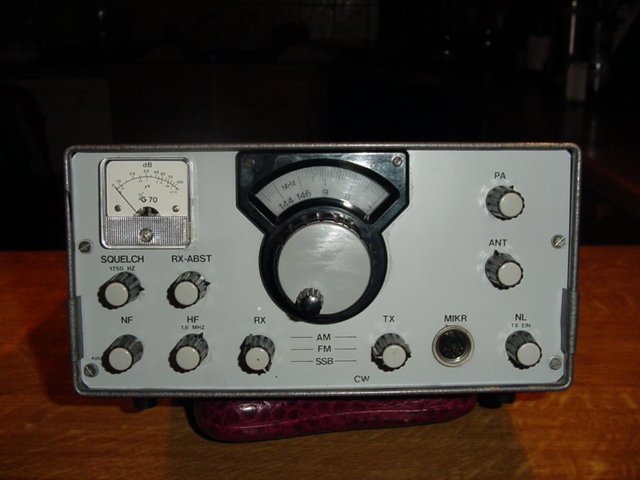
HG70C: Front view
HG70D
The HG70D was the last 2 meter transceiver manufactured by Götting.
This device is completely transistorized. Otherwise it looks like the HG70C.
Either a 2N6200 or a BLY 94 was used in the final stage.
With this, the tranceiver brought an output power of 40 watts.
Hier ein Blockschaltbild des HG70D transmitter und des HG70D Empfängers
HG70D: Front view
HG72A
The HG72A was designed by Götting as a mobile and portable transceiver. Like the big brothers, he covered the entire 2 meter tape. It could be operated on a car battery as well as portable with 9 baby cells. At 12 volts he made an FM output of 15 watts, with baby cells operated 1.5 watts output.
HG72B
The successor to the HG72A was the HG72B. It was fully transistorized with the BLY 88A in the final stage. It could only be operated with 12 volts and produced 14 watts of output.
Unfortunately, I have no pictures of these two tranceivers.
HG70D in combination with the HG51B (see below) -> The "Götting Line" Here is an article by Eugen Koch, DL1HM from the CQ-DL, which was kindly made available to me by Hans-Heinrich Götting, DL3XW. HG70D In addition to these station transceivers, which could be operated with both 220V AC and 12 V DC, Götting also built a "slimmed down" version as a mobile transceiver.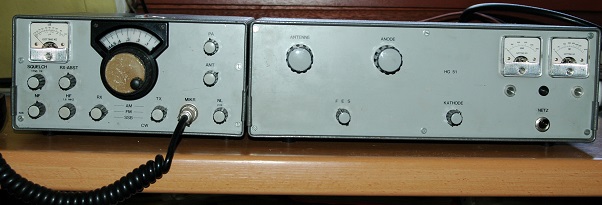
70 cm Transceiver HG74A
HG74A: Front view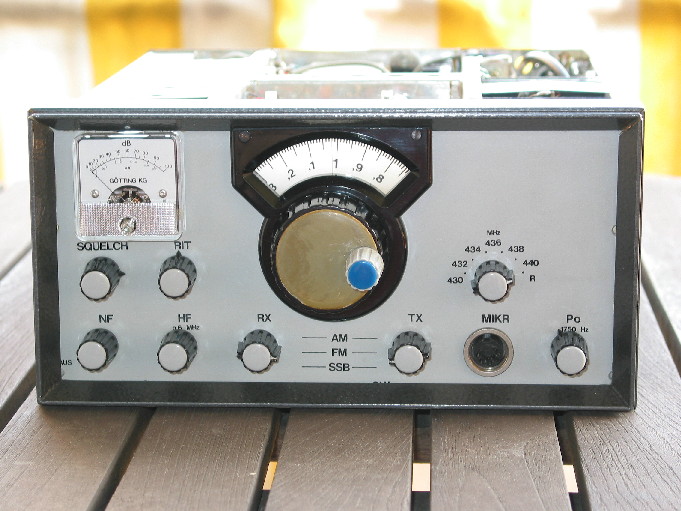
To my knowledge, the HG74A was the only 70 cm transceiver built by Götting.
It covers the entire 70 cm band in 2 MHz sections.
The device is fully transistorized and was only built in small numbers.Since I do not own this device myself, the pictures presented here were provided by the owner Martin, DL1FMB. Thank you at this point.
HG74A: Top view
HG74A: Bottom view
2 Meter Endstufen 2G51A
The first 2 meter PA brought the signal of the transceivers to an output power of 250 watts. A 4X150 from Eimac was used as the PA tube.
HG51B
The second generation of the 2 meter PAs delivered the astonishing power of 450 watts pep at that time.
An 8874 (Eimac 3CX400 A7) was used as the tube.
This PA was described in the CQ-DL issue 1-1973.
2G51B: Front view
2G51B: View of the anode circuit.
Supplys
HG84A
Digital frequency display for the HG70C.
HG27
Power supply unit to use the HG72 B as a home station.
2G80A
Wattmeter for the 2 meter band. Measuring ranges 0-30 and 0-300 watts.
2G80A: Front view
A page that also has info about Götting Tranceivers is from VE6AQO
SOURCE FROM THIS ARTICLE IS FROM DL8ZAJ
